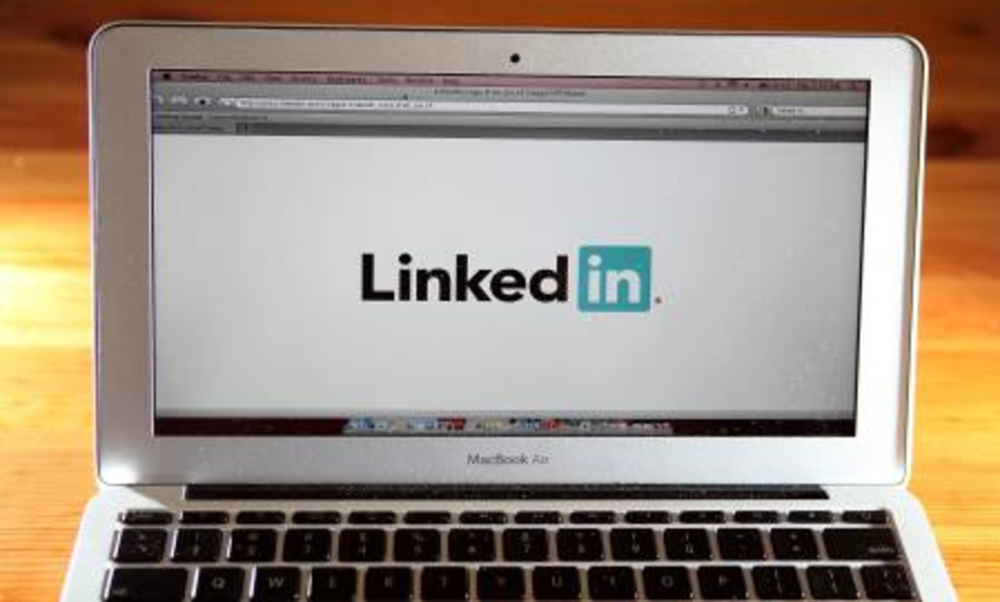LinkedIn wants to help you turn your contacts into sales opportunities, but will this alienate or empower its core user base?
Bloomberg recently uncovered an internal document which reveals LinkedIn’s plans to generate at least $1 billion in revenue from its marketing solutions by 2017. Most of this will be driven by the company’s recent acquisition of B2B marketing platform Bizo, coupled with its newly launched Sales Navigator tool.
The key to LinkedIn’s growing strength as a B2B marketing platform is of course its the huge trove of personalized data from the the people that use it. Unlike Facebook, the information provided on LinkedIn is readily supplied by users, in the hope that it will work to their advantage. LinkedIn users join the network to market themselves as professionals, listing their company positions, expertise and job history. Of course, this information makes them perfect targets for salespeople working for B2B brands.
B2B marketing thrives on one-to-one connections, highly customized sales pitches and gentle nurturing towards a purchase decision. LinkedIn is uniquely suited to do this, as it is a natural environment for business interactions. However, not everyone on LinkedIn wants to be a sales prospect. The company is already notorious for filling up inboxes with a multitude of emails and notifications, and by allowing everyone’s presence to be used for creating, it could end up being even more annoying for its core users.
So far, LinkedIn’s appears to be focused on creating broad based marketing solutions, where leads are captured through content that appeals to them, instead of enabling “cold-call” style online pestering.
Here’s what Bloomberg uncovered about LinkedIn’s plans for Bizo:
LinkedIn said in the document that it’s building a broad range of tools to help businesses with their marketing, even as competitors are focused on narrower solutions. The company also plans to discontinue Bizo’s data solutions unit, which identifies and tracks sales prospects, shortly after the transaction closes, according to the document. LinkedIn is primarily interested in Bizo’s products that target business customers by paying to promote content they might be interested in, or by displaying advertising.
Any smart salesperson can figure out how to use LinkedIn’s network to their advantage, by building a contact list, following up with leads and tailoring pitches based on profile information. Although LinkedIn is introducing new tools to make that process easier, the real money lies in content distribution.
That’s where LinkedIn can charge marketers for promoting their research, whitepapers, blog posts or demo videos. It can also guarantee an audience for a brand using display ads or sponsored updates. In this way, LinkedIn gets to limit the amount of personal stalking that B2B marketers/salespeople could engage in and instead have them put out quality content that generates leads in non-pushy way.
For now, salespeople are limited in the number of people they can contact who are outside their network. However, if LinkedIn does begin to start charging more for giving them more access, we could very well see a backlash from users who aren’t looking to be buyers of anything other than professional networking opportunities.








